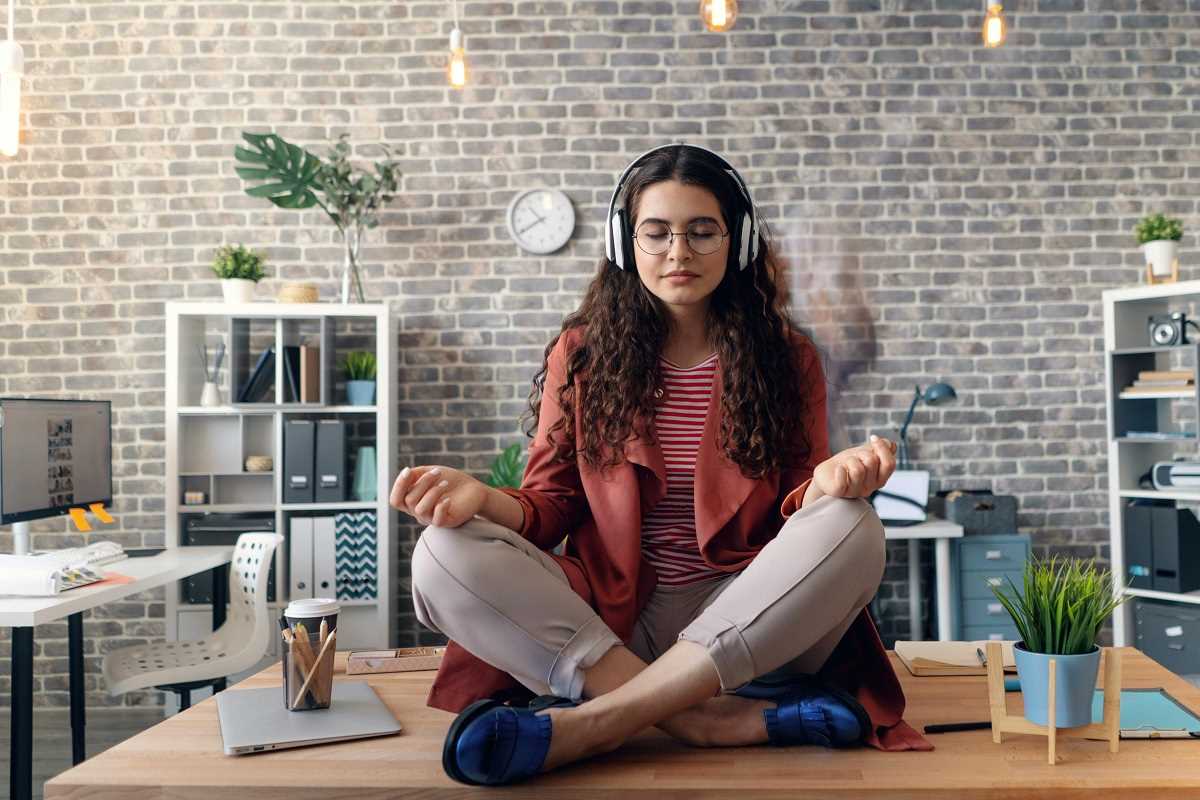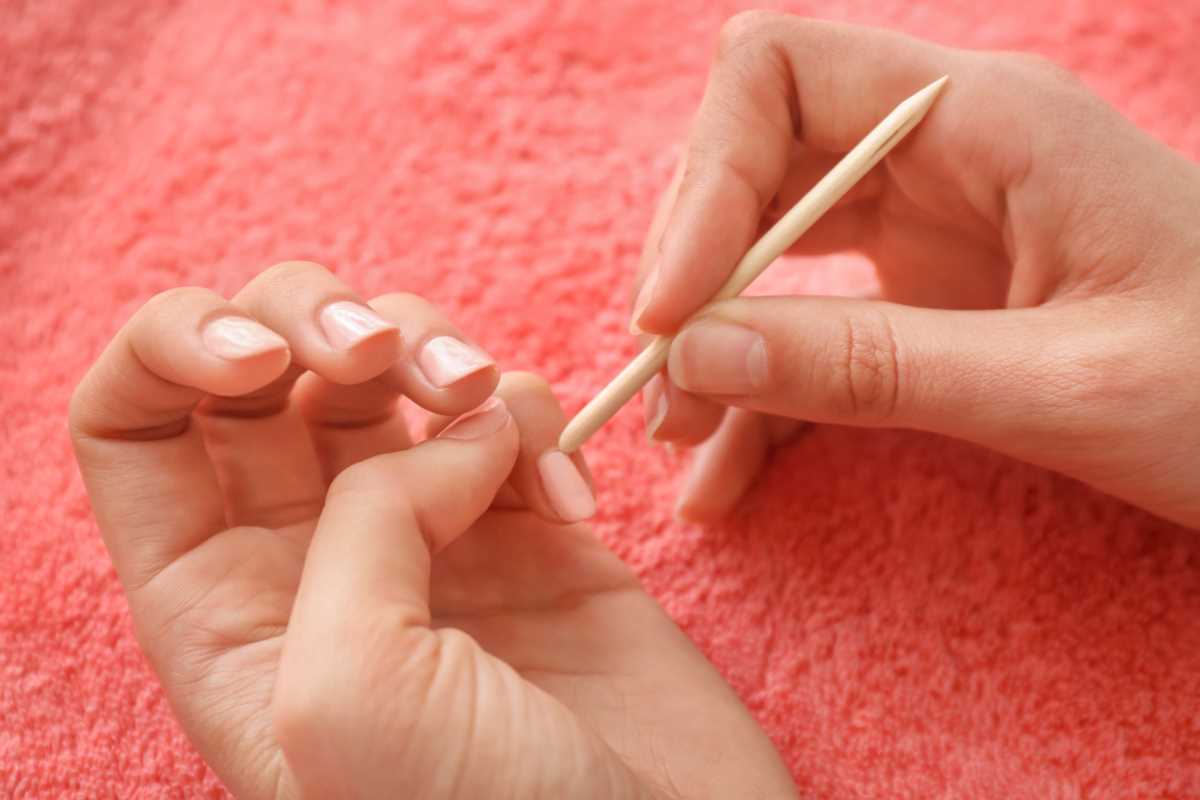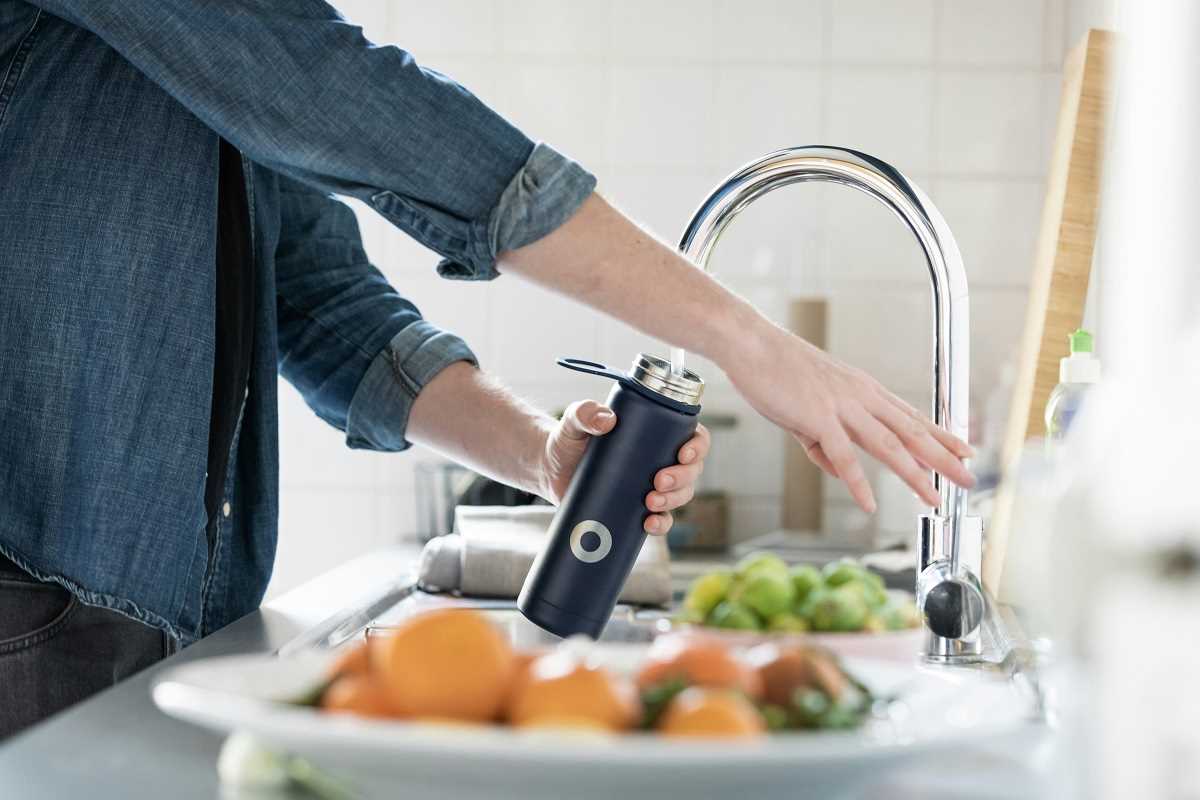Stress can strike at any moment – during a crucial work presentation, while stuck in traffic, or when facing an unexpected challenge. When anxiety peaks and your heart races, you need a fast, reliable way to regain composure. The 5-finger breathing technique offers exactly that: a simple, scientifically-backed method you can use anywhere to activate your body's natural relaxation response within minutes.
This powerful technique requires nothing more than your hand and focused attention. Unlike complex meditation practices that take years to master, 5-finger breathing delivers immediate results through a method so straightforward that children as young as five can learn it effectively. Medical professionals increasingly recommend this technique because it combines the proven benefits of controlled breathing with tactile engagement, making it more accessible than traditional breathing exercises.
You'll discover how this technique works, why it's so effective at calming your nervous system, and practical ways to incorporate it into your daily routine for better stress management and mental clarity.
What Is the 5-Finger Breathing Technique?
The 5-finger breathing technique, also known as hand tracing breath work, combines controlled breathing with gentle finger movements to create a multi-sensory approach to stress relief. This method engages both your respiratory system and your sense of touch, providing two pathways for your brain to focus on instead of anxious thoughts.
The technique involves using one finger to trace up and down the outline of your opposite hand while synchronizing specific breathing patterns with each movement. As you trace up each finger, you inhale slowly. As you trace down, you exhale completely. This creates a rhythmic pattern that naturally slows your breathing rate and activates your parasympathetic nervous system.
Healthcare professionals appreciate this technique because it's immediately accessible during acute stress situations. Unlike other relaxation methods that require quiet spaces or special equipment, 5-finger breathing can be performed discreetly in meetings, during medical procedures, or while navigating challenging social situations.
Step-by-Step Guide to 5-Finger Breathing
Learning this technique takes just minutes, but the calming effects can last for hours. Follow these detailed steps to master the method:
Getting Started
Find a comfortable position, either sitting or standing. Hold one hand in front of you with fingers spread wide, palm facing toward you. This will be your "guide hand." Use the index finger of your opposite hand as your "tracing finger."
The Complete Sequence
Step 1: Begin at your thumb base
Place your tracing finger at the base of your thumb on the pinky side. Take a moment to feel this starting point and prepare for your first breath.
Step 2: Trace up your thumb while inhaling
Slowly move your tracing finger up the outside edge of your thumb while taking a deep, controlled inhale through your nose. Count to four as you breathe in, allowing your lungs to fill completely.
Step 3: Trace down your thumb while exhaling
When you reach the top of your thumb, begin tracing down the inside edge toward the space between your thumb and index finger. Exhale slowly through your mouth for a count of six, releasing all tension with your breath.
Step 4: Continue with your index finger
Move to the base of your index finger and repeat the process – trace up while inhaling for four counts, then trace down while exhaling for six counts.
Step 5: Progress through all fingers
Continue this pattern through your middle finger, ring finger, and pinky. Each finger receives the same attention: trace up during a four-count inhale, trace down during a six-count exhale.
Step 6: Complete the cycle
When you finish tracing down your pinky, you've completed one full cycle. Most people feel noticeably calmer after just one round, but you can repeat the sequence 2-3 times for deeper relaxation.
Timing and Rhythm
The 4:6 breathing ratio (four counts in, six counts out) is specifically designed to activate your relaxation response. This pattern ensures your exhale is longer than your inhale, which signals safety to your nervous system. Adjust the counting speed to match your comfort level – the key is maintaining the longer exhale rather than strict timing.
The Science Behind Why It Works
The 5-finger breathing technique succeeds because it targets multiple physiological and psychological pathways simultaneously. Understanding these mechanisms helps you appreciate why such a simple practice creates powerful results.
Autonomic Nervous System Activation
Your autonomic nervous system has two main branches: the sympathetic system (responsible for fight-or-flight responses) and the parasympathetic system (responsible for rest-and-digest functions). Chronic stress keeps your sympathetic system overactive, leading to elevated heart rate, muscle tension, and stress hormone production.
Controlled breathing with longer exhales specifically activates your vagus nerve, the primary component of your parasympathetic nervous system. Research published in the International Journal of Yoga demonstrates that breathing practices emphasizing extended exhalation can reduce cortisol levels by up to 23% within just 10 minutes.
Neurological Focus and Distraction
The dual-task nature of 5-finger breathing engages your prefrontal cortex – the brain region responsible for executive function and emotional regulation. When you concentrate on tracing your fingers while maintaining breathing rhythm, you redirect neural resources away from anxiety-producing thought patterns.
Studies from Stanford University show that focused attention practices can reduce activity in the brain's default mode network, which is associated with rumination and worry. This neurological shift creates immediate relief from anxious thoughts while building long-term resilience against stress.
Heart Rate Variability Improvement
Heart rate variability (HRV) measures the variation in time between heartbeats and serves as a key indicator of nervous system health. Higher HRV correlates with better stress resilience, emotional regulation, and overall well-being.
The rhythmic breathing pattern in 5-finger breathing naturally improves HRV by creating coherence between your heart rate and breathing rate. Research from the HeartMath Institute shows that coherent breathing patterns can improve HRV within minutes, leading to enhanced cognitive function and emotional stability.
Cortisol Regulation
Chronic stress elevates cortisol, your primary stress hormone, which can impair immune function, disrupt sleep, and contribute to anxiety and depression. The extended exhale phase in 5-finger breathing helps lower cortisol production by signaling safety to your hypothalamic-pituitary-adrenal (HPA) axis.
A study published in Psychoneuroendocrinology found that participants who practiced controlled breathing techniques showed significant reductions in cortisol levels compared to control groups, with effects lasting several hours after the practice session.
Physical and Mental Benefits
Regular practice of 5-finger breathing creates both immediate and cumulative benefits for your physical and mental health:
Immediate Effects
Within 2-3 minutes of practice, most people experience noticeable reductions in heart rate, blood pressure, and muscle tension. The technique can interrupt panic attacks, reduce pre-performance anxiety, and restore mental clarity during stressful situations.
Long-Term Advantages
Consistent use builds stress resilience and improves your ability to self-regulate emotions. Studies show that people who practice controlled breathing techniques regularly have lower baseline stress levels, better sleep quality, and improved immune function.
The technique also enhances focus and concentration by training your attention span and reducing mind-wandering. This improved mental control benefits work performance, academic achievement, and overall life satisfaction.
When and Where to Use 5-Finger Breathing
The versatility of this technique makes it valuable in numerous situations throughout your day:
High-Stress Moments
Use 5-finger breathing before job interviews, medical procedures, difficult conversations, or public speaking engagements. The technique works quickly enough to provide relief without requiring extended time away from your responsibilities.
Daily Transitions
Practice during natural transition points in your day – when you wake up, before meals, or when switching between work tasks. These regular applications help maintain baseline calm and prevent stress accumulation.
Sleep Preparation
The relaxation response triggered by 5-finger breathing makes it excellent for bedtime routines. Practice in bed to quiet racing thoughts and prepare your nervous system for restorative sleep.
Workplace Applications
The discrete nature of this technique makes it perfect for workplace stress management. You can practice during meetings, while reading emails, or when facing deadline pressure without drawing attention to yourself.
Parenting and Teaching
Share this technique with children and students as an age-appropriate tool for emotional regulation. Schools increasingly recognize the value of teaching breathing techniques for classroom management and student well-being.
Tips for Success and Consistency
Maximizing the benefits of 5-finger breathing requires attention to technique and regular practice:
Start Small and Build Gradually
Begin with one or two cycles during low-stress situations to build familiarity. As the technique becomes natural, you'll find it more effective during high-pressure moments.
Focus on Exhale Length
The longer exhale is crucial for activating your relaxation response. If counting feels distracting, simply ensure your out-breath takes longer than your in-breath.
Practice Prevention, Not Just Crisis Management
While 5-finger breathing excels at managing acute stress, regular practice during calm periods builds resilience and makes the technique more accessible when you need it most.
Combine with Other Wellness Practices
Integrate 5-finger breathing with meditation, yoga, or other mindfulness practices for enhanced benefits. The technique complements rather than replaces other stress management strategies.
Create Environmental Cues
Practice in consistent locations or link the technique to specific activities to build automatic habits. Visual reminders like phone wallpapers or sticky notes can prompt regular use.
 (Image via
(Image via





